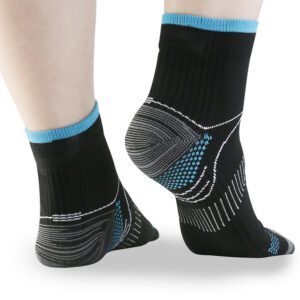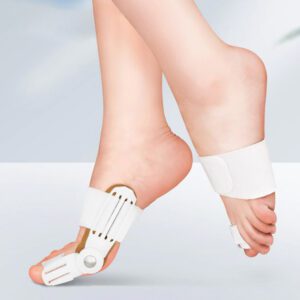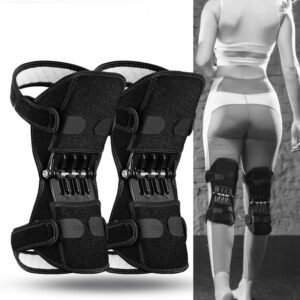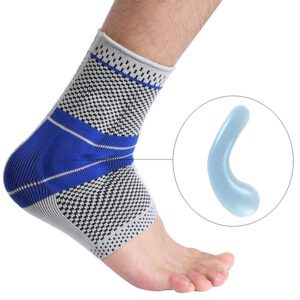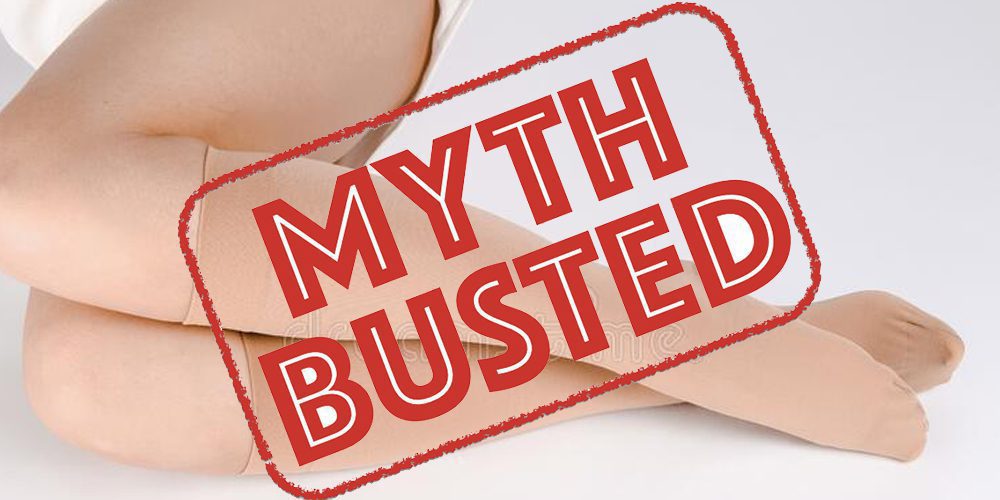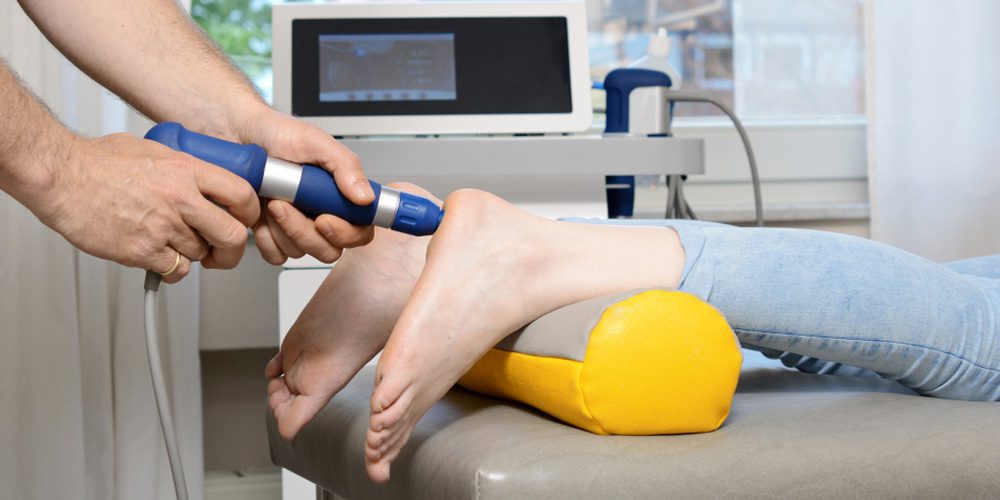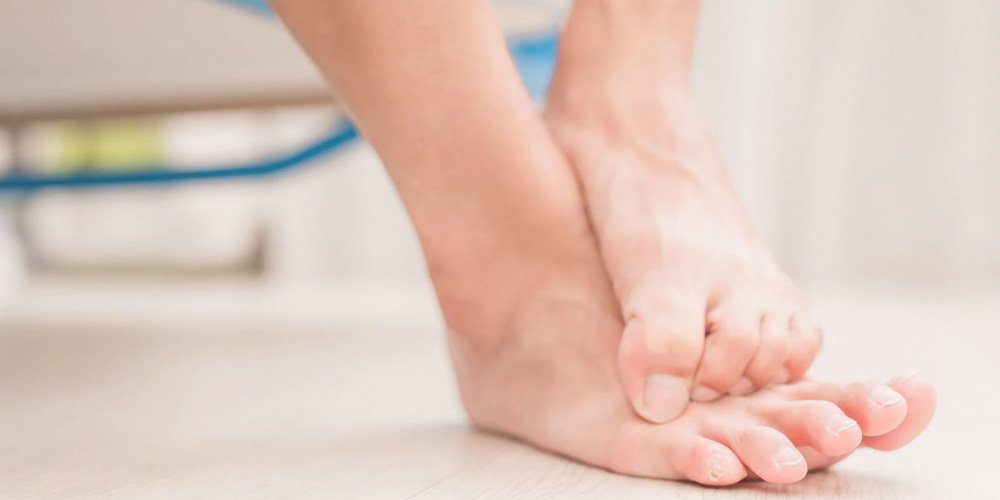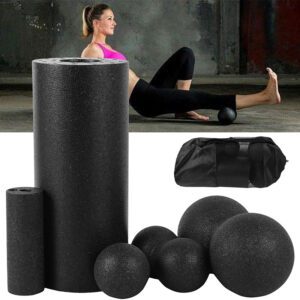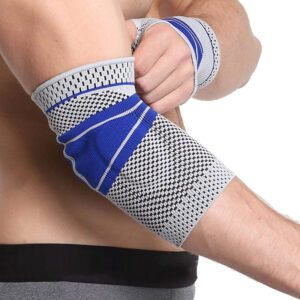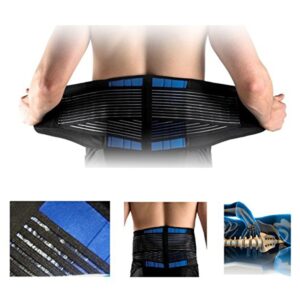Knee pain can be a debilitating experience, and it can be hard to know what to do about it. Some people may choose to wear a knee brace in an effort to alleviate their pain, but is this actually the right thing to do? In this article, we’ll explore the question of whether or not a knee brace can make knee pain worse.
What is knee pain and what can cause it?
Knee pain can be caused by a variety of things, including osteoarthritis, rheumatoid arthritis, tendinitis, bursitis, meniscus tears, ligament tears or sprains, and patellofemoral syndrome (also known as “runner’s knee”). It can also be the result of an injury, such as a fall or a car accident.
Knee pain can begin with a small injury and get worse over time. Knee pain can also happen because of too much pressure on the knee. This can happen from activities like running or jumping, or it can even happen from everyday tasks like walking. Many people experience knee pain, and the numbers are rising. According to the Centers for Disease Control and Prevention (CDC), nearly one in four adults in the United States has experienced knee pain in the last 30 days.
The human knee is a very complex joint, and it’s made up of bones, muscles, ligaments, and tendons. All of these things work together to allow the knee to move in different ways. The knee can bend, straighten, and rotate.
The knee is held together by ligaments. These are tough bands of tissue that connect the bones in the joint. The knee has four main ligaments:
– The medial collateral ligament (MCL) is on the inner side of the knee.
– The lateral collateral ligament (LCL) is on the outer side of the knee.
– The anterior cruciate ligament (ACL) is in the middle of the knee and crosses in front of the knee joint.
– The posterior cruciate ligament (PCL) is in the middle of the knee and crosses behind the knee joint.
The knee also has two small sacs of fluid called bursae. These help to reduce friction between the bones and muscles around the knee joint.
Putting too much pressure on the knee can cause the ligaments and tendons to stretch or tear. This can happen from an injury, or it can happen over time from activities that put stress on the knee.
The knee has a lot of moving parts, and any of them can be injured. When you injure your knee, it can be hard to walk, run, or even stand. You may feel pain, swelling, and stiffness. Your knee may also give way when you try to put weight on it.
Why do people wear knee braces?
People wear knee braces for a variety of reasons. Some people have had an injury and are trying to prevent further damage. Others may be trying to relieve pain from a condition like osteoarthritis. Knee braces can also be worn to help stabilize the knee joint and limit its range of motion.
There are many different types of knee braces, and they can be made from a variety of materials, including plastic, metal, neoprene, and fabric. Some braces are designed to fit snugly around the knee, while others are loose-fitting. Some braces can be worn all the time, while others can only be worn during activities that put stress on the knee.
Knee braces are great tools to stabilize weak joints, keep the muscles, tendons and ligaments in place and can help prevent further injury.
They can help support the knee joint and limit its range of motion, which can help to relieve pain.
A study published in the Journal of Orthopaedic & Sports Physical Therapy found that wearing a knee brace can help to reduce pain and improve function in people with osteoarthritis of the knee.
Another study, published in the International Journal of Rheumatic Diseases, found that wearing a knee brace can help to reduce pain and improve quality of life in people with rheumatoid arthritis.
The study also found that those who wore a knee brace were more likely to return to their previous level of activity than those who did not wear a knee brace.
Another study published in the Journal of Bone and Joint Surgery found that patients who wore a knee brace had less pain, fewer complications, and were able to walk farther than those who did not wear a knee brace.
Can a knee brace make it worse?
While there are many benefits to wearing a knee brace, there are also some potential risks. One of the most common problems is that people often wear their braces too tightly. This can cause the muscles and tendons around the knee to become weaker. Wearing a knee brace can also cause the skin around the knee to become irritated.
If you wear a knee brace, it’s important to follow your doctor’s instructions. Be sure to take breaks from wearing the brace, and don’t wear it too tightly. If you experience any pain or irritation, be sure to talk to your doctor.
Choosing the wrong material can also make knee pain worse. If you have sensitive skin, you may want to avoid materials like neoprene or plastic. These can cause irritation and can make the skin around the knee red and inflamed.
The wrong size can also be a problem. If your brace is too loose, it can rub against your skin and cause irritation. If it’s too tight, it can cut off circulation and cause pain. Be sure to measure your knee before you buy a brace, and try it on to make sure it’s the right fit.
You should also avoid wearing your brace all the time. Wearing a knee brace can actually weaken the muscles around the knee joint. It’s important to give your muscles a break from time to time so they can stay strong.
How to choose the right knee brace for you
There are many different types of knee braces on the market, so it’s important to do your research before you buy one. Be sure to read reviews from other users, and ask your doctor for recommendations when in doubt.
You should also consider the type of knee pain you’re experiencing. If you have osteoarthritis, you may want to choose a brace that can help to stabilize the joint and limit its range of motion. If you have rheumatoid arthritis, you may want to choose a brace that can help to reduce pain and improve quality of life.
Make sure to buy a breathable material that won’t irritate your skin, and be sure to choose the right size.
How to wear a knee brace correctly
If you’re going to wear a knee brace, it’s important to do so correctly. Be sure to loosen the brace periodically to avoid cutting off circulation.
You should also avoid wearing the brace too tightly.
When putting on the brace, be sure to start from the bottom and work your way up. Once the brace is in place, be sure to adjust it so that it’s snug but not too tight.
Be sure to take breaks from wearing the brace, and don’t wear it all the time. Giving your muscles a break will help to prevent them from becoming weak.
If you experience any pain or irritation, be sure to remove the brace and give your knee the rest it needs.
What to do if your knee pain doesn’t improve with a brace
If you’ve been wearing a knee brace and your pain isn’t improving, it’s important to talk to your doctor. You may need to consider other treatment options, such as physical therapy or medication.
You can and should do some exercises daily to stretch and strengthen the muscles around your knee. This can help to improve your range of motion and reduce pain.
You can also try icing your knee for 20 minutes at a time, several times a day. This can help to reduce inflammation and pain.
If you’re still experiencing pain after trying these things, it’s important to talk to your doctor. You may need to consider other treatment options, such as physical therapy or medication. In some cases, surgery may be the best option. Be sure to talk to your doctor about all of your treatment options so you can make the best decision for your health.
Takeaways
Knee pain can be a debilitating experience, but you don’t have to suffer in silence. There are many things you can do to ease your pain, and knee braces can be one of them.
However, it’s important to choose the right type of brace and to wear it correctly. Otherwise, you may end up making your pain worse.
If you have or had knee pain and can give other readers some tips, please comment on your experiences below and share your knowledge!












